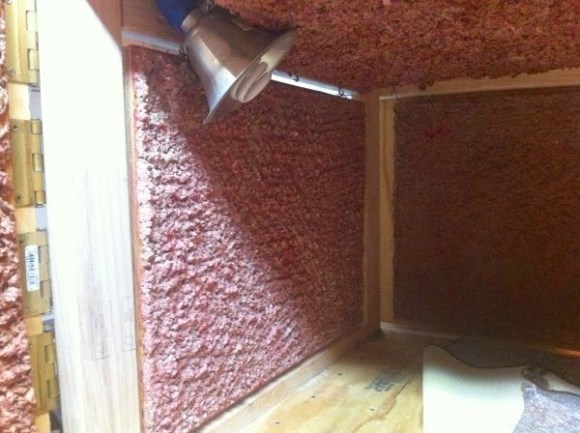If someone stops by and asks you to help them make some noisy thing less noisy, you probably wouldn’t reach for a roll of tape. But [The Action Lab] shows some 3M tape made for exactly that purpose. For the right kind of noise, it can dampen noise caused by a surface vibrating. You can see how (and why) it works in the video below.
The tape works using a technique known as “constrained layer damping.” Obviously, the tape only works in certain applications. The video explains that it bonds a stiff surface to the vibrating surface using an elastic-like layer. The tape reduces vibrations from things like cymbals and a cookie tin. The noise reduction is both in amplitude and in the duration of the sound, making things noticeably quieter.
You sometimes see a similar material in cars to reduce vibration noise, but we aren’t sure if it uses the same technique. We’ve also seen different kinds of tape used to lower drums’ volume. Reduces the neighbor’s complaints about your practice jam sessions.
This tape reduces noise but can also reduce fatigue wear on metal and composite structures. The downside is it seems extraordinarily expensive. It also doesn’t help that most places want you to buy an entire case, which drives the price even higher. Depending on the size, you can expect to pay about $200 for each 36-yard roll of this tape. But it seems like the principle involved is simple enough that you could make your own, sort of like the video does with the aluminum plate.
Usually, when we talk about noise reduction around here, we mean the electronic kind. Or, sometimes, fungal.













